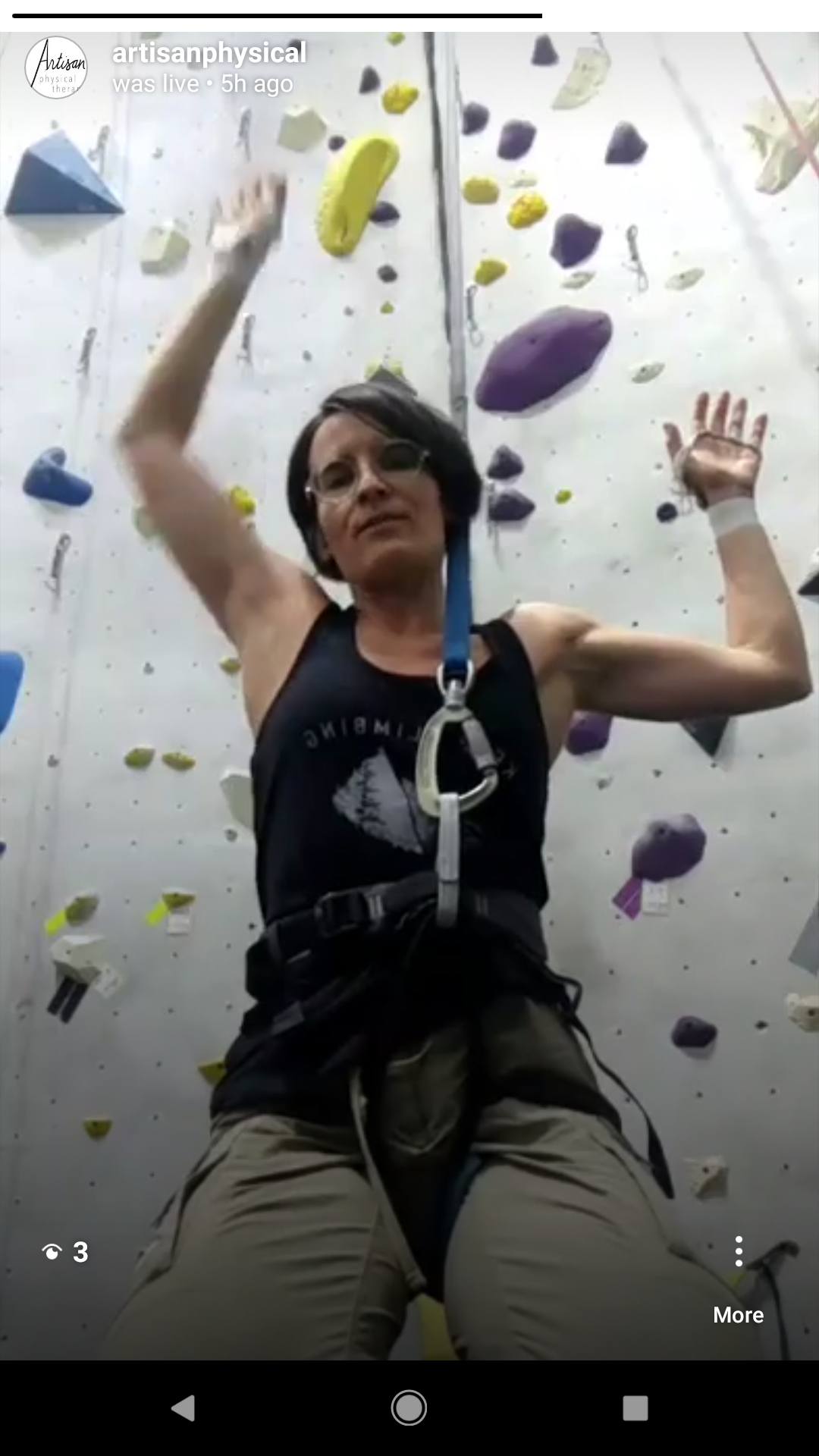This challenge this month, as the title of the blog post indicates, is hip and shoulder stability. I'm excited about this month because they are very important and foundational to so many activities and preventing injury as well as rehabilitating injuries. I've had my fair share of injuries over the years and they have left they're mark. Now if I had been better about doing all my rehabilitation exercises for these various injuries, I don't think I'd be in the same place. I'm excited of the possibility that the asymmetries I have from side-to-side could diminish, and even, completely resolve!
Doing all the exercises that your body needs is a lot of work. Can I get an amen? It takes a lot of time, a lot of motivation, and a lot of knowledge. I have the knowledge and a good bit of motivation, but not always enough time in the day. Anyone else have a hard time finding enough time in the day? These monthly-themed daily exercises that I'm exploring are an avenue for me to rotate throughout the body and pay attention to each area and hopefully be better off than the intermittent and sporadic exercise provided otherwise.
Unstable hips or, in other words, hips that lack the strength, endurance, and coordination to control themselves in space, can lead to problems from the low back all the way down to the big toe. Yes, even the big toe! You think you inherited that bunion from your family? Where you born with it? Is it rather from how you've moved and used your body over time? Let's take a look at your hip stability and then let's talk about it.
Knee injuries ranging from patellofemoral pain, runner's knee, ACL tears, meniscal injuries can all arise from a lack of hip stability. Lack of hip strength and control or endurance can also lead to ankle injuries such a sprained ankles and fractures and down the chain into the foot with overpronation, plantar fasciitis, shin splints, or achilles or posterior tibialis tendonitis or tendinopathy.
Shoulder stability is also really important and isn't straightforward. Think of all the motions that your shoulder can do and that is a sign that keeping it healthy will similarly take a lot of work. The shoulder joint or complex is actually made up of four joints:
- Glenohumeral joint
- Scapulothoracic joint
- Acromioclavicular joint
- Sternoclavicular joint
All of these are controlled by muscle. So once again the strength, the endurance, and the coordination of these muscles results in the control surrounding those joints. In terms of stability, the most important muscles are the rotator cuff and scapular muscles. You can think of your shoulder blade, or scapula, as the foundation of your shoulder. If the foundation is crooked or unstable, this has consequences for the areas attached to it.
As I work on shoulder stability this month, I am emphasizing the rotator cuff - all four of the rotator cuff muscles - and the scapula thoracic muscles - think rhomboids, trapezius, serratus anterior - as well as the scapulohumeral muscles. If these muscles are strong, can work for long periods of time, and can turn on and off at the right time, there should not be clicking in my shoulder with movement, nor am I very likely to injure myself. Bear in mind that as I strengthen these muscles, I will also need to stretch them because strengthening increases the tone of the muscles and often the stiffness of the muscles and sometimes shortens the length of the muscles. And tight muscles can lead to injury and dysfunction.
-----
Because it is unwise to strengthen the exact same area day after day, I will alternate between hip stability and shoulder stability, doing one one day and the next the other day. Want to learn a great routine to do for these areas, reach out and we can schedule either a visit or a remote consultation for you fitness, wellness and health goals.
-----
Stay tuned for April's daily fitness challenge of headstands and handstands...
Let's Get to the Source - and TOGETHER - Let's Get Moving
-Liz









